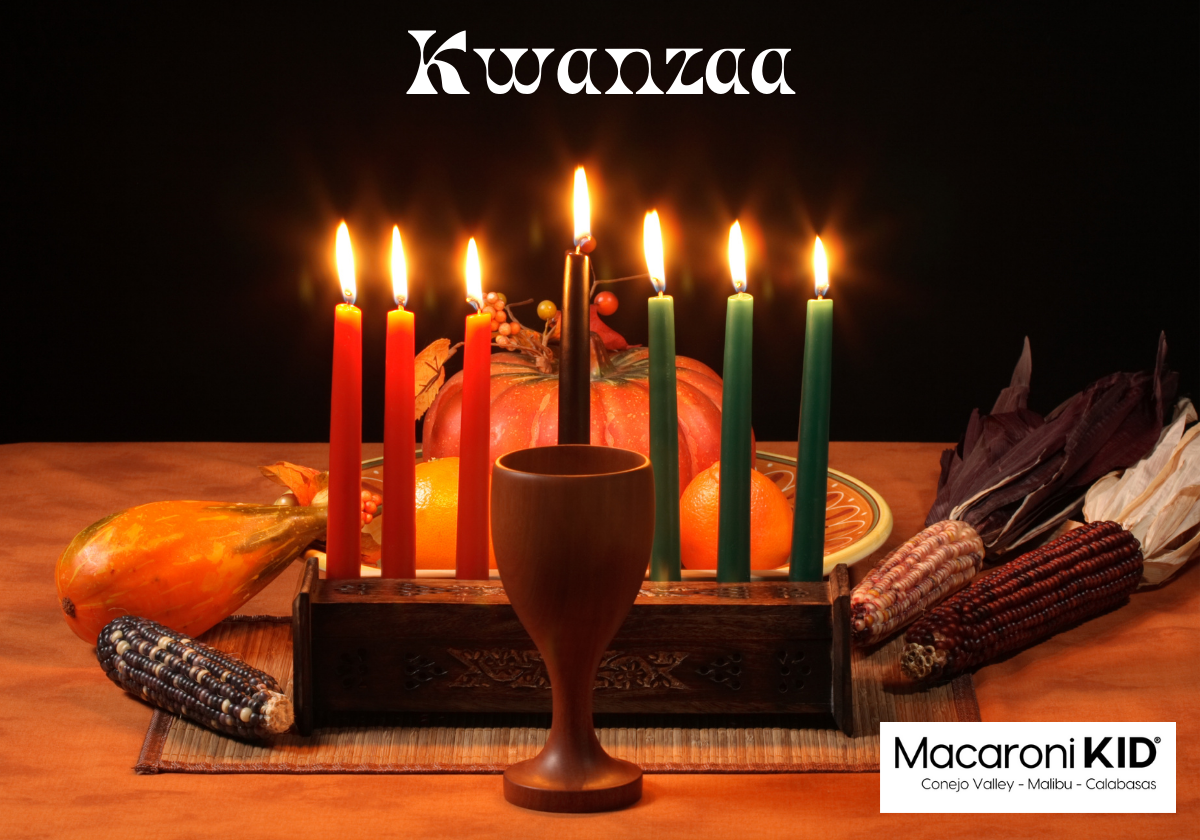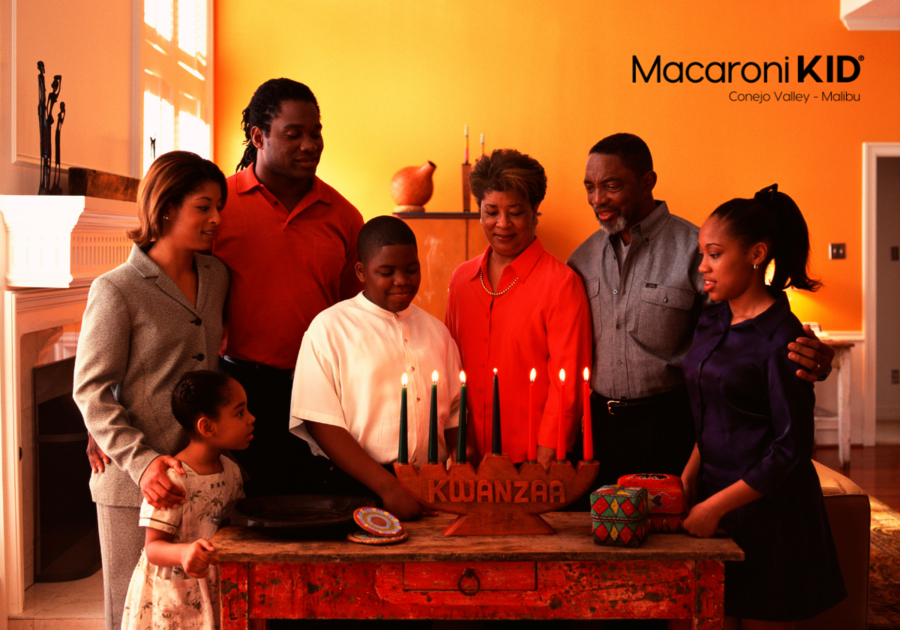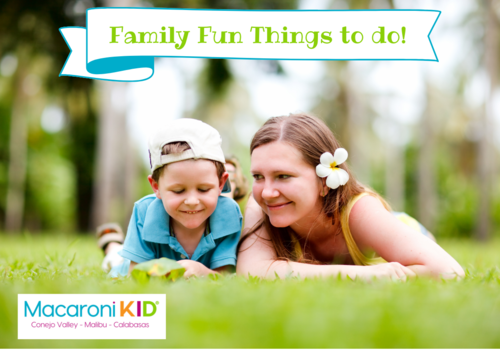Kwanzaa is a week-long holiday honoring African-American and Pan-African culture, heritage and family. Celebrated annually from December 26 - January 1. Although it started out as an African-American holiday, it's now celebrated throughout the world. Like most holidays each family has their own special way to celebrate, but traditionally they all start with daily candle-lighting on a special candle holder, the "Kinara," ending the week-long festivities with gift-giving, and a family or community feast.
Are you looking for Family-Fun Kwanzaa events in town and nearby?
Visit the Macaroni KID Conejo Valley - Malibu - Calabasas event calendar for the most up-to-date information, check back often for updates.
Subscribe to our free weekly newsletter!
This holiday with it's strong African roots was created under the direction of Dr. Maulana Karenga, chair of Black Studies at California State University, Long Beach. After the devastation of the Watts Riots, he was looking for ways to bring the African-American community together and he combined aspects of different African Harvest celebrations together to help create Kwanzaa, the first celebration was in Los Angeles, CA in 1966.
The celebration of Kwanzaa is centered around family and community and very much includes Children. There are lots of ways to teach your kids more about Kwanzaa and involve them in the celebration from lighting the candles to discussion about the core principles and symbols to creative crafts and family recipes.
🖤❤️💚 Ways to Celebrate Kwanzaa with your Family:
- Kwanzaa With Kids: Celebrating the Holiday With Recipes and Crafts
- Light a Virtual Kinara with your kids
- 5 Crafts To Celebrate Kwanzaa With Kids
- DIY Candle Craft for Kwanzaa
- Kwanzaa: African Chicken Stew
Kwanzaa has seven core principles:
- Umoja: unity
- Kujichagulia: self-determination
- Ujima: collective work and responsibility
- Ujamaa: cooperative economics
- Nia: purpose
- Kuumba: creativity
- Imani: faith
- Mazoa - the Crops: Symbolic of African harvest celebrations and hard work.
- Mkeka - the Mat: Symbolic of the tradition and history, this is the foundation.
- Kinara - the Candle Holder: Symbolic of the roots, and our parents people.
- Muhindi - Ear of Corn: Symbolic of children and the future.
- Mishumaa Saba - Seven Candles: Symbolic of the Nguzo Saba, the Seven Principles (see above) and the matrix and minimum set of values which African people are urged to live by.
- Kikombe cha Umoja - the Unity Cup: Symbolic of the foundational principle and practice of unity.
- Zawadi - the Gifts: Symbolic of the labor and love of parents and the commitments made by their children.
Kwanzaa is not a religious holiday, and it does not replace Christmas. The Holiday is based on the year-end harvest festival that has taken place traditionally throughout Africa for thousands of years. The word "Kwanzaa" comes from the African language of Swahili and the phrase "Matunda ya Kwanza," which means "first fruits of the harvest." Karenga, specifically chose this phrase from Swahili because the language is used by the various tribes and people located throughout Africa.
Here are just a few books for kids about Kwanzaa, visit your local library or bookstore for even more options.
- My First Kwanzaa by Karen Katz: Learn all about Kwanzaa with a little girl telling us all about how her family celebrates this special holiday. Ages 2-5
- Seven Spools of Thread: A Kwanzaa Story by Angela Medearis and illustrated by Daniel Minter: The history of Kwanzaa is included in this beautifully illustrated story. Ages 5-8.
- A Very Special Kwanzaa by Debbi Chocolate: Remembering how the kids made fun of his dashiki, beads, and sandals the previous year, Charlie is reluctant to participate in the present year's Kwanzaa Festival at school, until he remembers the deeper meaning of Kwanzaa.
- Top 10 Children’s Books about Kwanzaa
- Amazing Books About Kwanzaa
For more information on Kwanzaa visit:
 AvailableLight from Getty Images Signature |












